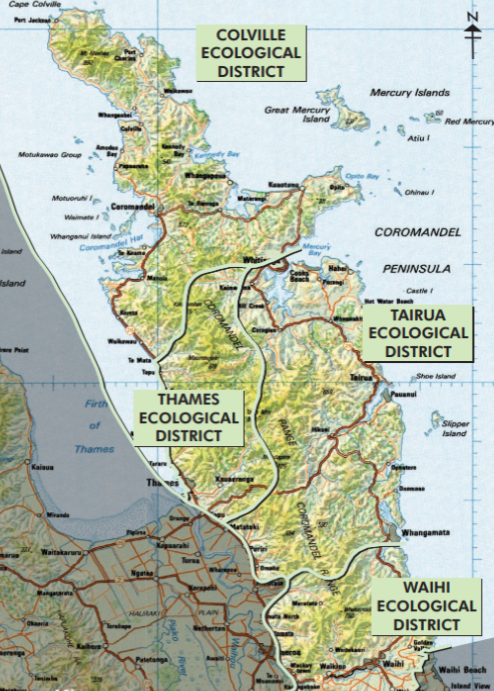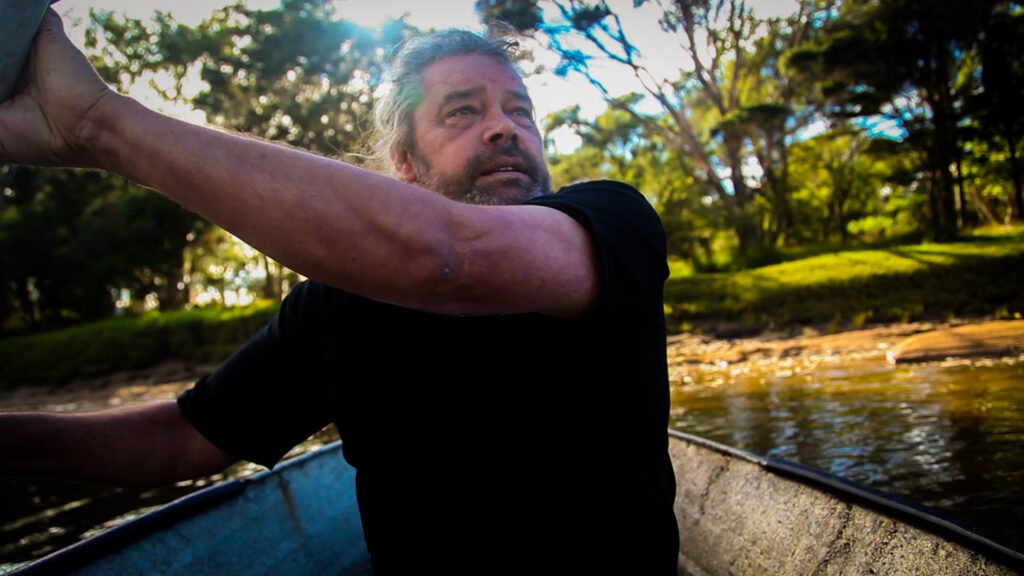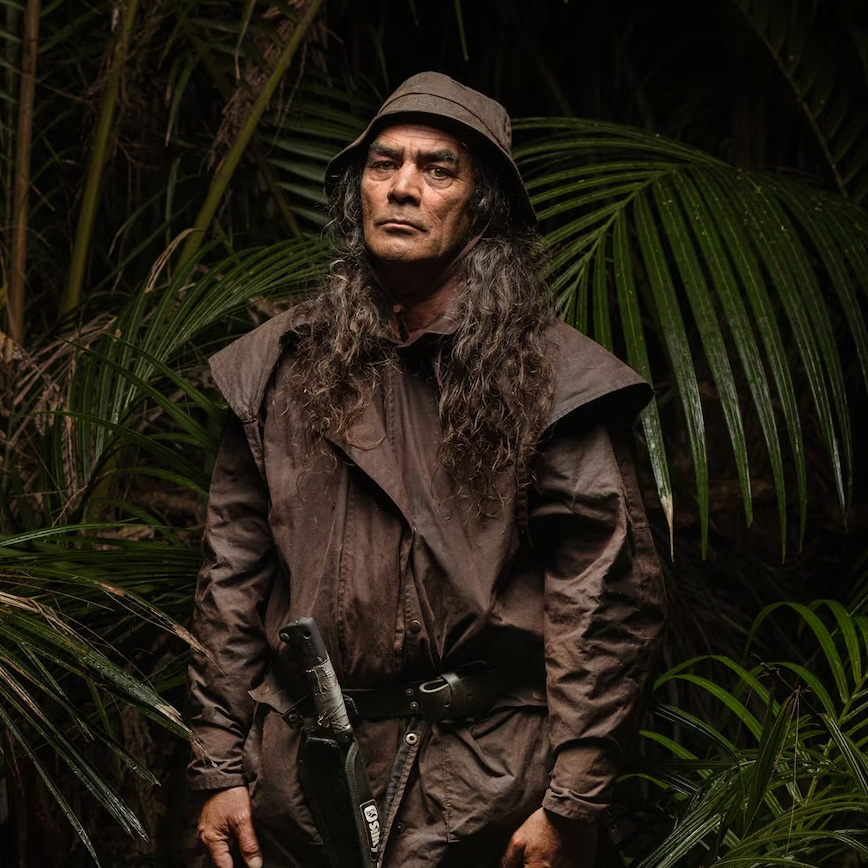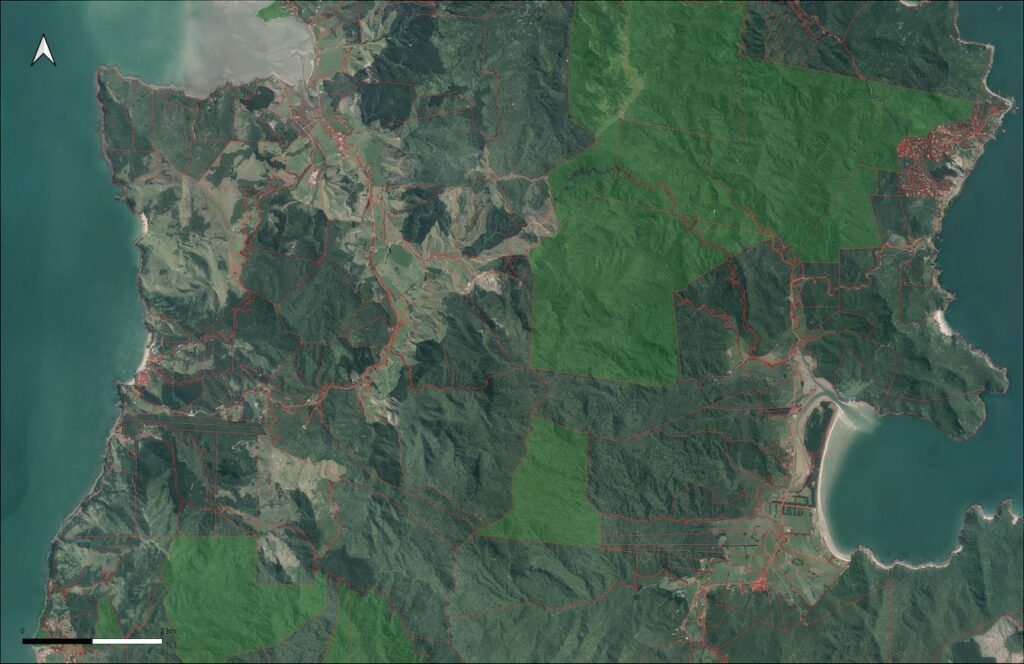The Coromandel Ecological Region (ER) includes nine ecological districts (EDs) from the Great and Little Barrier Islands in the north along the length of the Coromandel Range to the end of the Te Hunga Ridge in the Kaimai Ranges (Figure 2). The Coromandel Ecological Region (ER) includes nine ecological districts (EDs) from the Great and Little Barrier Islands in the north along the length of the Coromandel Range to the end of the Te Hunga Ridge in the Kaimai Ranges. The EDs are subdivided based on geological, pedological, topographical and botanical features (Figure 1).
Coromandel stands out from most other ecological regions in the Waikato for having a diverse and unique array of plant and animal species. The diversity of plants can be attributed to the overlapping of northern and southern elements of the indigenous flora. The Coromandel lies within a zone characterised by high levels of regional endemism. The abundance of intact native flora, including large and interconnected fragments of indigenous bush and scrublands, gives the Coromandel Peninsula a special standing in the Waikato Region (and indeed New Zealand) by providing habitat for a range of indigenous birds, lizards, frogs, and terrestrial invertebrates.
A diverse and abundant array of threatened species occur on the Peninsula – a total of 107 nationally threatened species (51 plants and 56 animal species). Most mature indigenous forest types are protected within Department of Conservation administered land, whilst any coastal forests and wetlands that are left are mostly found on unprotected private land and are in severely degraded and fragmented states.6 The vast majority of freshwater wetlands (85%) are found on unprotected private land. Areas of precious coastal forest and significant wetlands will be protected by the Te Ranga Wairua project




